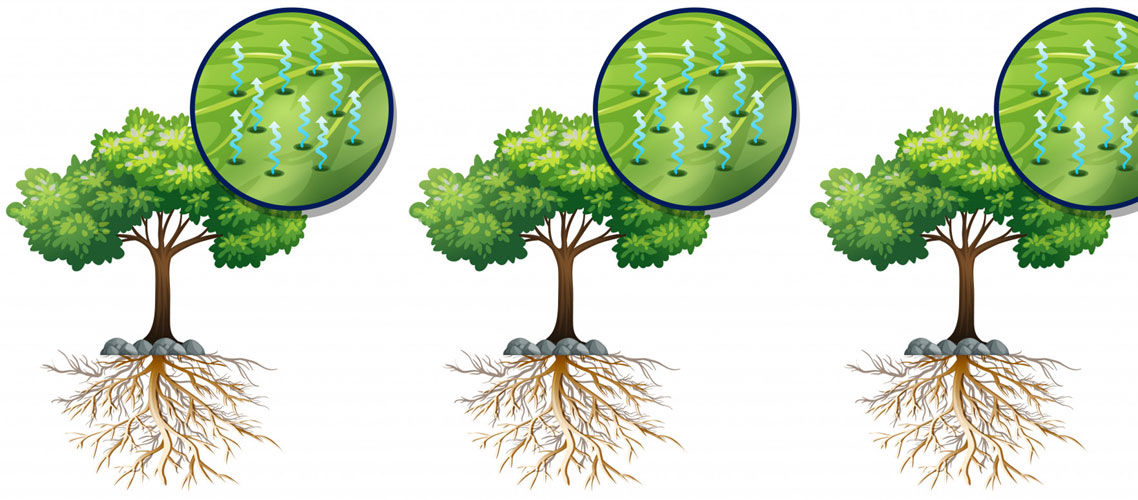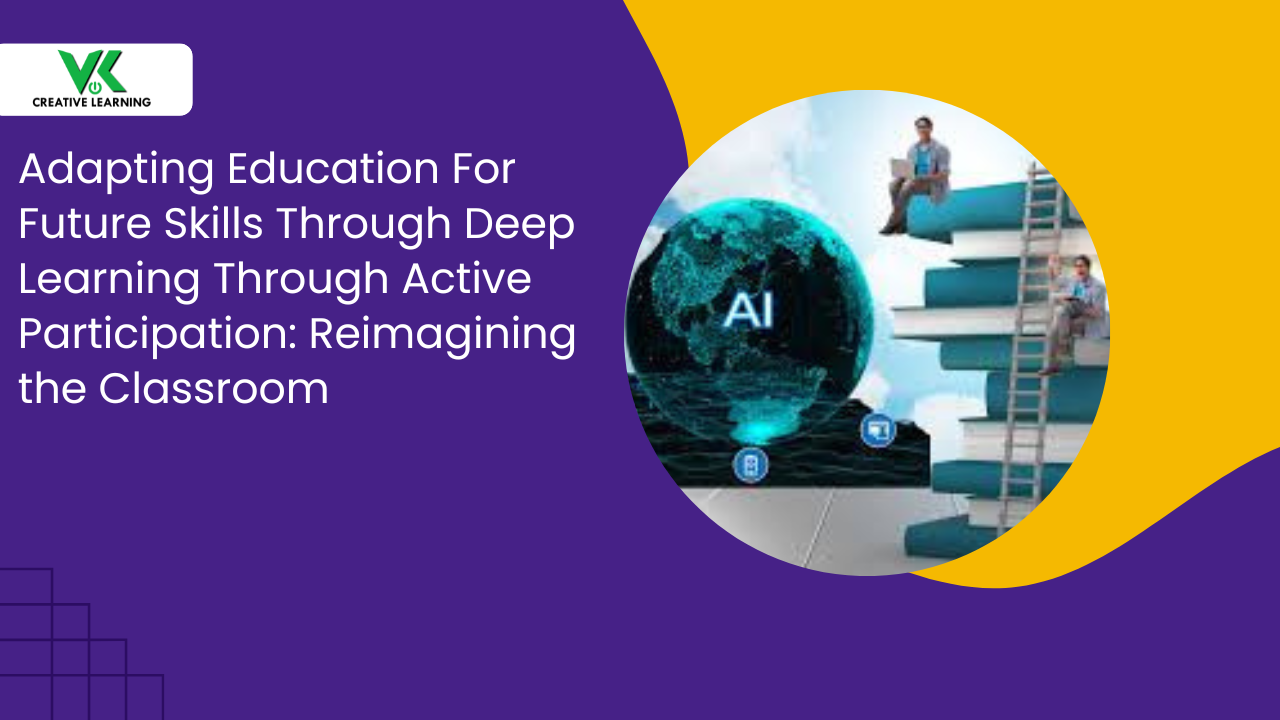How K-12 eLearning solutions based on STEM and VR can boost learning capabilities of the students ?
June 03, 2020
Technology has been embraced by the majority of the schools in developed nations and the same is turning true even in India with time. Technology based learning, namely, eLearning solutions or K12 curriculum development offer not only diverse learning but also interesting forms of learning. Gone are times of the 80s in India where students used to struggle to understand complex concepts in mathematics and science due to their inability to visualize complex geometrical figures and their inability to understand conceptual applications in real life. With the emergence of technologies, such as multimedia and different types of graphical software, embedded in K12 curriculum development eLearning programs and with the vast reach of the internet, it has become possible to develop animated complex figures for the learners. This allows learners to comprehend intricate mathematical and scientific concepts easily.
How K12 companies are trying to create unique and innovative K-12 eLearning solutions for the learners through STEM methodology and customization?
Many K12 companies have created exclusive eLearning solutions based on mathematics and science. These eLearning solutions make use of the STEM concept to impart enhanced and deep rooted education to the students. STEM stands for Science, Technology, Engineering and Maths. With the implementation of STEM methodology in K12 eLearning solutions, students change the way they think and approach a particular problem as STEM emphasizes on practical learning through the application of the taught concepts related to Science, Technology, Engineering and Maths in real life scenarios.
When schools approach these K12 companies with certain specific requirements which fulfils their student’s requirements, such K12 curriculum development eLearning programs are called customized eLearning solutions. The customized eLearning solutions when created based on the STEM guidelines take the shape of a comprehensive eLearning solution as they offer 360 degree holistic understanding to the learners. Moreover, the customized eLearning solutions are rich with detailed information and render enhanced comprehension to the students.
Building unparalleled customized eLearning solutions with the infusion of multimedia and Virtual Reality technologies
Besides implementation of STEM guidelines and customization requirements, K12 curriculum development eLearning solutions can be made more effective and immersive with the infusion of animation and simulations in Virtual Reality solutions. Animated 2D or 3D videos and simulations offer enhanced multidimensional experience to the learners as students get to explore and experience virtual world scenarios as observed in real life. Complicated concepts are displayed step by step in different small videos with 3D animated storyline, consisting of different characters in the virtual world. Additionally, interactive 3D content encourages student’s creative thinking; improves problem-solving skills, and offers an engaging, immersive environment to the learners. Being acquainted with the exciting opportunities and a wide variety of scope with the new possibilities through digital eLearning solutions, K12 companies are investing a lot and coming out with innovative and immersive K12 curriculum development eLearning programs. These eLearning solutions are based on customization requirements, STEM methodology, and multimedia, VR technologies. In fact, the incorporation of all these factors may turn into a game changer which will bring a paradigm shift in the Indian education system with higher significance given to the practical learning rather than conventional textbook learning methodology.




